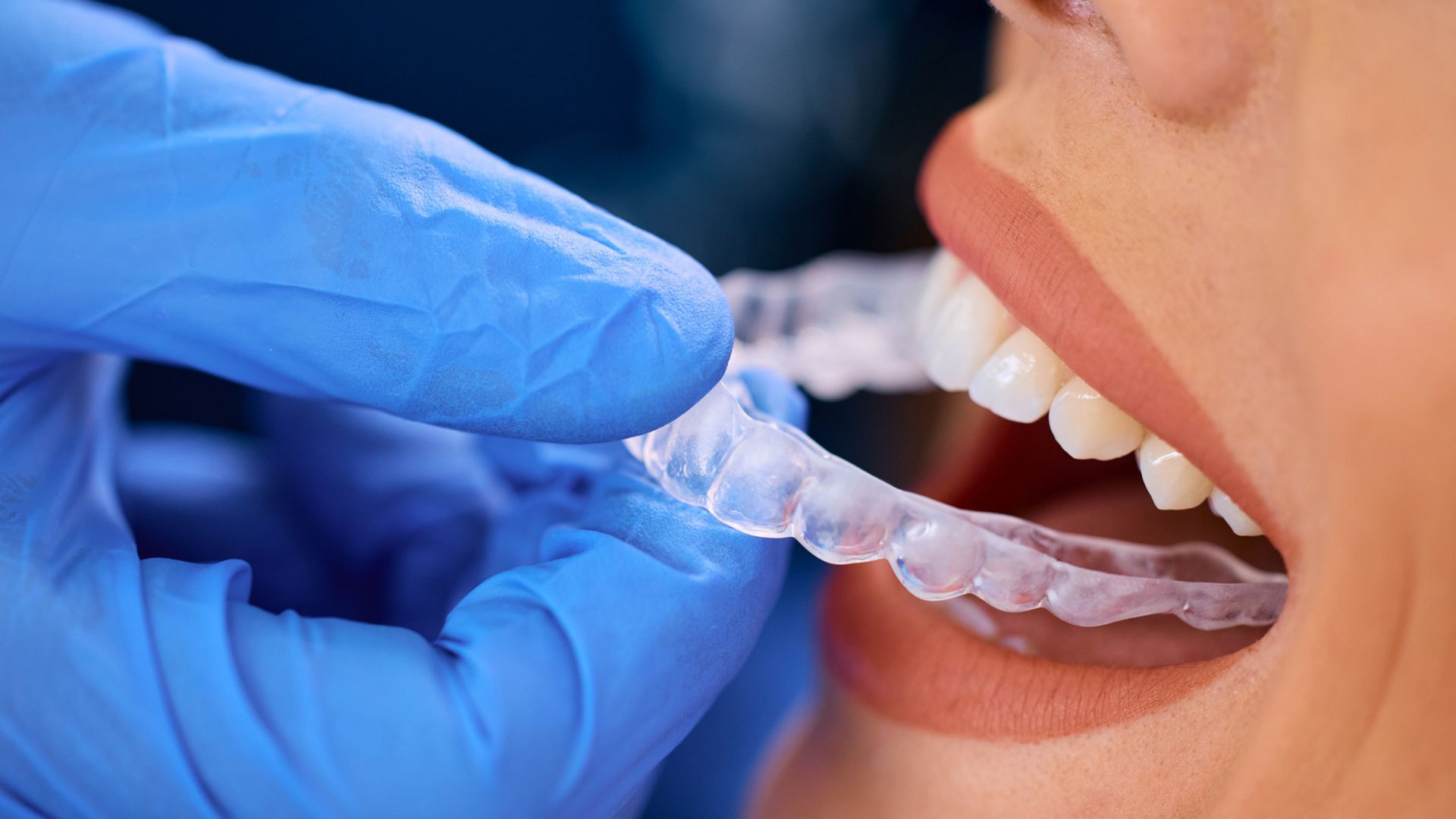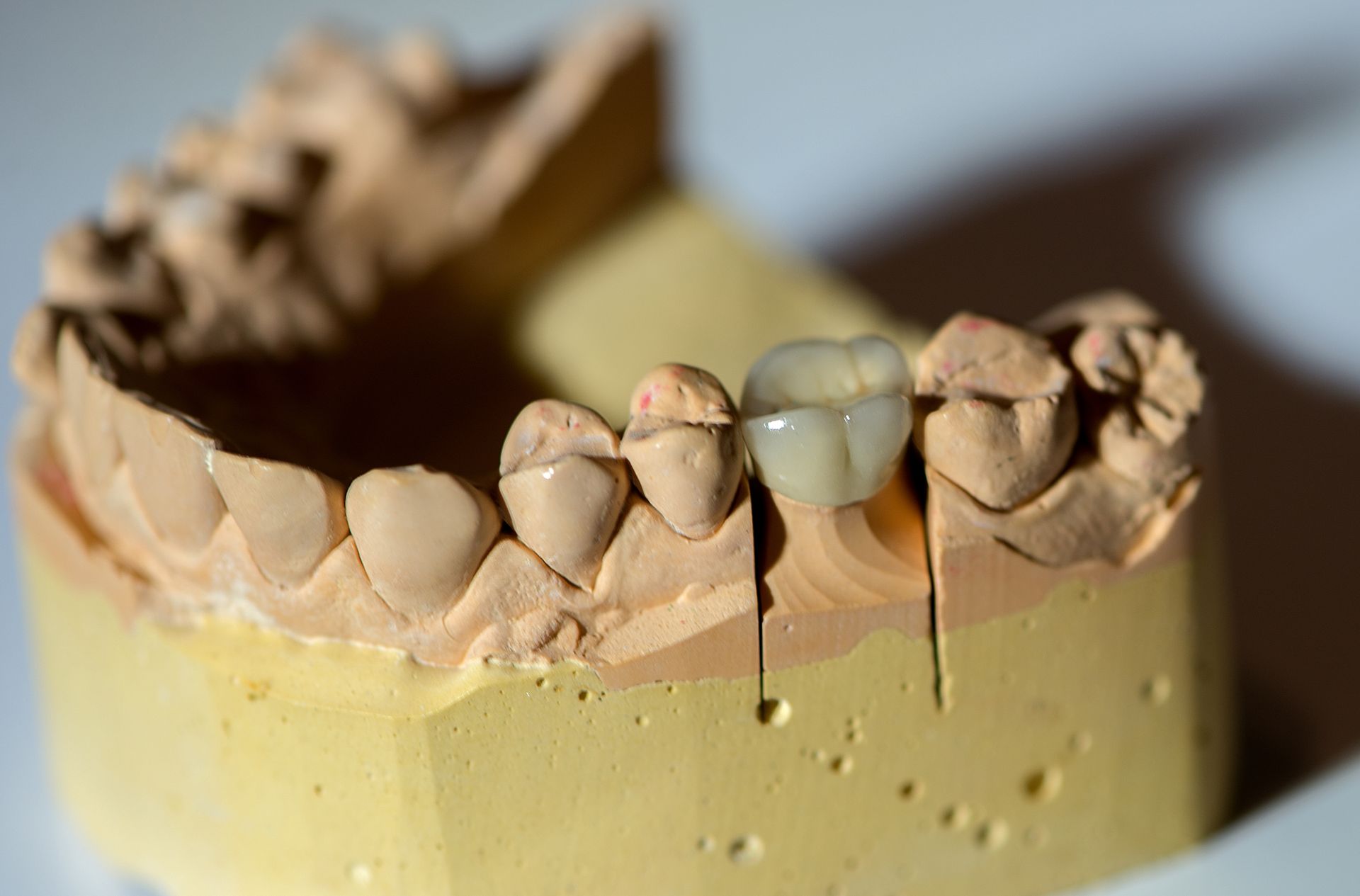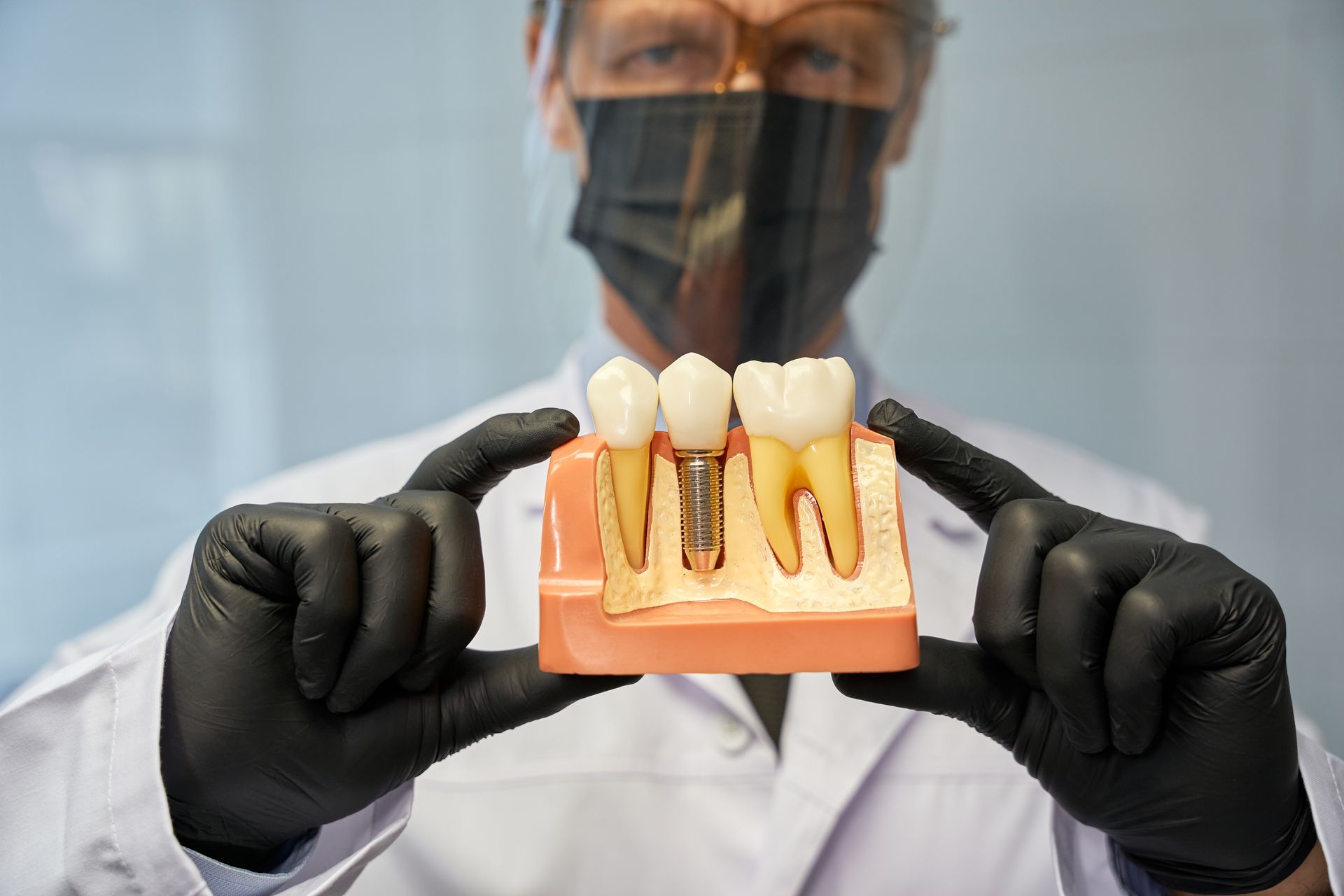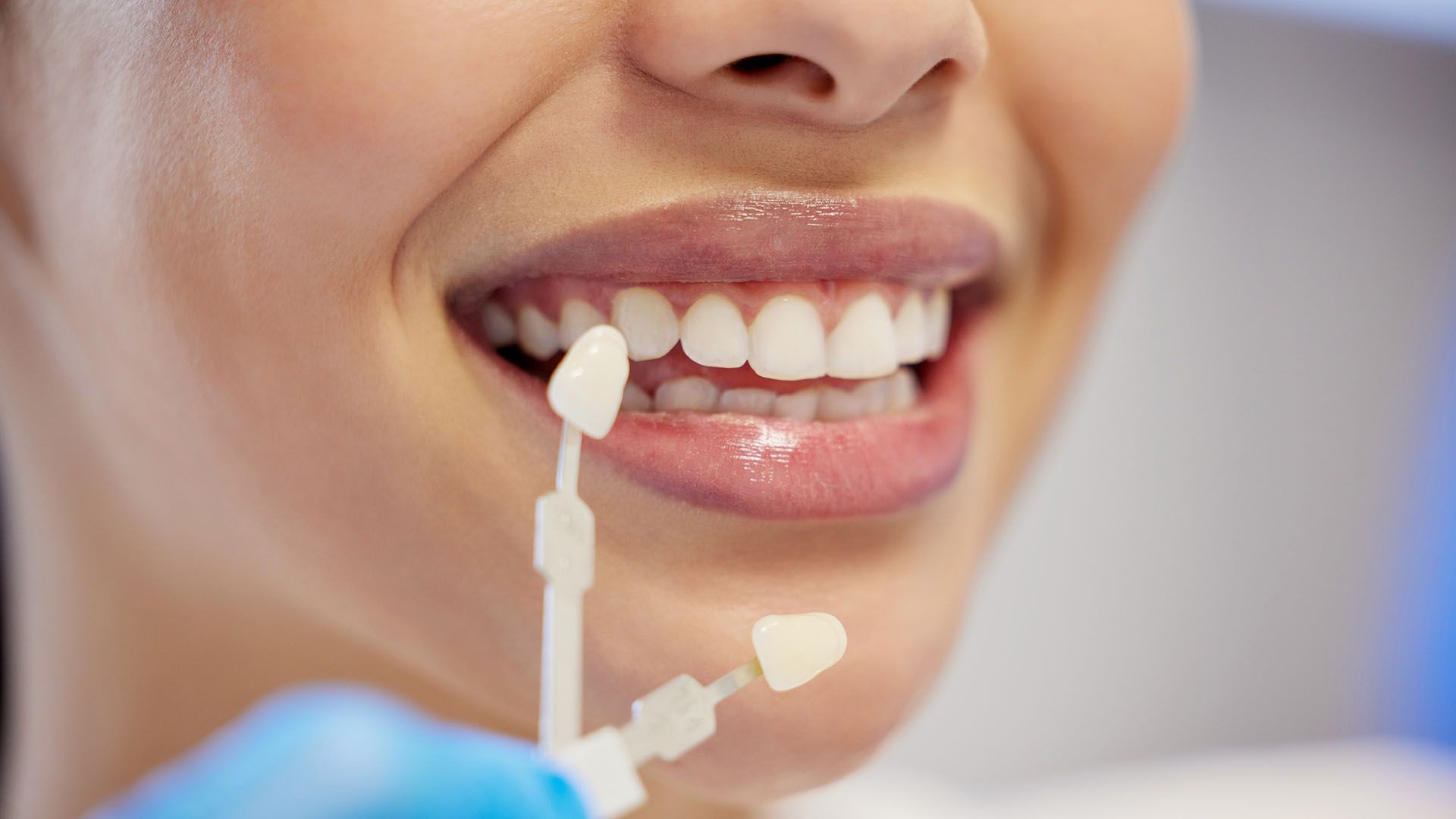How Long Does Invisalign Take to Straighten Teeth? A Complete Guide

At Ufberg Dental, PC, our doctors have advanced training in clear aligner therapy and have guided many patients through Invisalign from consultation to confident smiles. We keep up with aligner research, use digital scans and treatment-planning software daily, and focus on clear, honest education not sales.
Most Invisalign cases take 6–18 months. Mild cases can finish in 3–6 months, while more complex tooth movement may take 18+ months. Many people notice early changes within 6–10 weeks, as long as trays are worn 20–22 hours per day. Below, we explain why timelines vary and how to stay on track.
What Is Invisalign and How Does It Work?
Custom aligners and how they move teeth
Invisalign uses a series of thin, clear plastic trays (aligners) that fit snugly over your teeth. Each aligner is slightly different. When you switch to the next set, gentle pressure guides teeth toward their planned positions. This process, predictable tooth movement, happens in small steps, usually every 1–2 weeks per tray, following a carefully mapped treatment timeline.
Differences from traditional braces
Braces use brackets and wires to push and pull teeth. Invisalign relies on removable aligners and, when needed, small tooth-colored attachments that act like handles to help aligners grip and move teeth. Many patients find aligners more comfortable and easier for eating and brushing. In some situations, braces can move teeth in ways aligners cannot, or may do so faster, depending on case complexity.

Average Invisalign Treatment Time
Typical duration for most patients
For most healthy teens and adults, the average Invisalign time ranges from 6 to 18 months. The exact length depends on how far your teeth need to move, how predictable those movements are, and how consistently you wear the trays.
When you might see your first results
It’s common to see a visible change after 6–10 weeks. Early shifts are often most noticeable in the front teeth, where small rotations or spacing close quickly. Seeing progress early can be motivating, but remember: finishing touches and bite alignment usually take longer.
Factors That Affect How Long Invisalign Takes
Case complexity (minor vs major alignment issues)
- Minor cases (small spacing, mild crowding): often
3–6 months.
- Moderate cases (noticeable crowding/spacing, mild bite issues): often
6–12+ months.
- Complex cases (rotations, root movement, significant bite changes):
12–18+ months.
Patient compliance (wearing aligners 20–22 hours/day)
Treatment compliance is the biggest variable you control. Aligners work only when they’re in your mouth. Aim for 20–22 hours/day, remove them just for meals, brushing, and flossing. Skipping wear time or prolonging a tray can stretch a 9-month plan into 12 or more.
Age and biological factors
Teeth move at different speeds for different people. Younger patients often respond quickly, but adults get excellent results too. Gum and bone health, medication, and biology all influence predictable tooth movement.
Use of attachments or elastics
Attachments help with rotations and root control, improving efficiency. Elastics (small rubber bands) can guide bite correction. While they may add steps, they often shorten overall duration by making each movement more effective.
Refinements or mid-course corrections
Most cases include a refinement stage, extra aligners that fine-tune details after the main series. Refinements are normal and help achieve a polished result. They add a few weeks or months, depending on the adjustments.
Treatment Time Based on Case Type
Mild crowding or spacing
Small gaps or light crowding with stable bites may finish in 3–6 months. These are the shorter Invisalign cases where changes are mostly cosmetic and movements are straightforward.
Moderate misalignment
Crowding that needs arch development, rotations, or limited bite correction usually falls in the 6–12+ month range. These cases benefit from attachments and careful tray pacing.
Severe orthodontic cases
Significant rotations, vertical changes, or complex bite shifts (deep overbite, crossbite) often require 12–18+ months, sometimes more. In select situations, braces or a hybrid approach might be recommended to keep the timeline for Invisalign reasonable.
Can Invisalign Work Faster Than Braces?
Time comparison between Invisalign and braces
There isn’t a one-size-fits-all answer. For minor to moderate alignment issues, Invisalign can be as fast or faster than braces because aligners deliver controlled movements with each staged tray. For complex bite changes, braces may be similar or occasionally faster due to the mechanics available with wires and brackets.
Situations where Invisalign may be faster
- Front-tooth spacing or minor crowding
- Relapse cases (teeth that shifted after past orthodontics)
- Highly compliant patients who wear trays exactly as directed
In each of these, aligners can streamline movement and shorten the Invisalign duration compared with braces.
Tips to Stay on Track and Avoid Delays
Consistent wear and proper care
- Wear aligners
20–22 hours/day, set reminders or use an app.
- Switch trays
on schedule unless your dentist says otherwise.
- Seat each new tray fully (chewies can help).
- Keep aligners clean to avoid irritation that might tempt you to remove them.
Keeping aligner check-ins and appointments
Regular check-ins, virtual or in-office, let us confirm your treatment factors are on track, tweak timing, and order refinements early if needed. Missed visits can quietly add weeks to your Invisalign treatment timeline.
Avoiding lost or broken trays
Have a routine: case in your pocket or bag, never nap with aligners wrapped in a napkin, and contact us immediately if a tray is lost or cracked. We’ll advise whether to move ahead or back a tray so the timeline for Invisalign stays steady.
Final Thoughts on Invisalign Treatment Time
Invisalign can deliver predictable, beautiful results on a realistic schedule when biology, case design, and treatment compliance line up. Most people finish in 6–18 months, with first results in 6–10 weeks. Wearing aligners as directed, attending check-ins, and embracing attachments or elastics when recommended help keep your plan efficient, whether you’re a minor vs complex case. If you’re deciding between Invisalign and braces, remember that the “faster” option depends on your goals and bite, the best plan is the one designed precisely for your teeth.
Ready to learn your exact Invisalign treatment timeline? Book a quick consultation with Ufberg Dental, PC. We'll scan your teeth using our advanced technology, review your goals, and give you a clear, personalized estimate, including how fast Invisalign could work for you and how to keep your case moving smoothly.
Frequently Asked Questions About Invisalign Treatment Time
What happens if I don't wear my aligners 20–22 hours per day?
Your treatment will take longer. Aligners need consistent pressure to move teeth effectively. If you regularly wear them less than the recommended time, your teeth may not track properly with the trays, requiring additional refinement and extending your timeline by several months.
Can I speed up my Invisalign treatment?
The safest way to stay on schedule is strict compliance, wearing aligners as directed, attending all check-ins, and following your dentist's instructions precisely. Some cases may qualify for weekly tray changes instead of every two weeks, but this depends on your specific treatment plan and should only be done under professional guidance.
Will I need refinement aligners, and how much time do they add?
Most patients do need refinements; they're a normal part of achieving a polished final result. Refinements typically add 2–4 months to your timeline, though this varies. Your dentist will order them after your initial set is complete to fine-tune any remaining details.
How does Invisalign timeline compare to traditional braces for my specific case?
It depends entirely on your orthodontic needs. For mild to moderate cases, Invisalign often matches or beats braces in speed. For complex bite corrections or severe rotations, braces may be faster or more effective. A consultation with digital scans will show which option gives you the best timeline for your goals.
What's the single biggest mistake that delays Invisalign treatment?
Inconsistent wear. Many patients underestimate how much those "few extra hours" without aligners add up. Missing just 4 hours daily can turn a 9-month plan into 12+ months. Set phone reminders, keep your case with you always, and make wearing your aligners a non-negotiable habit.






